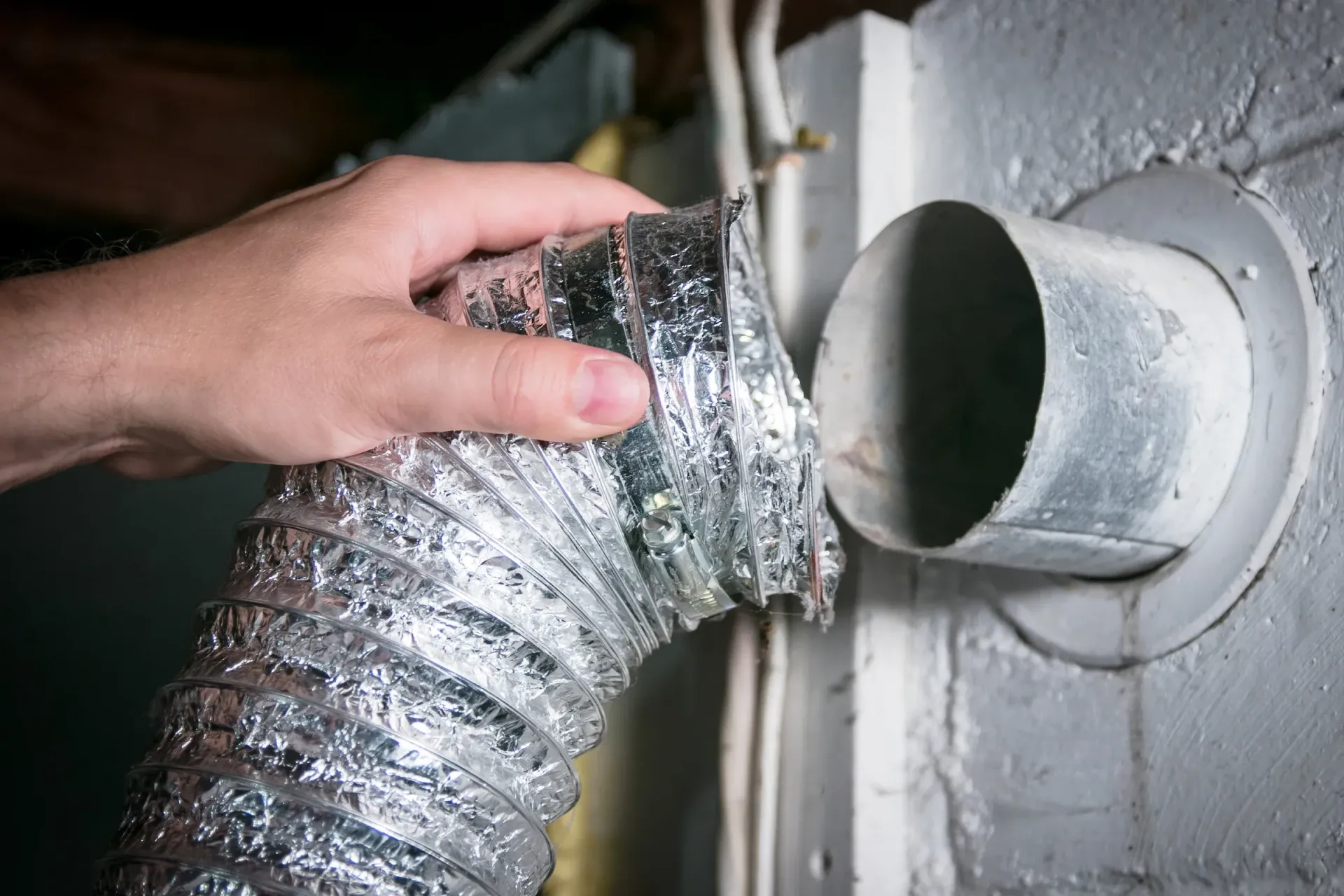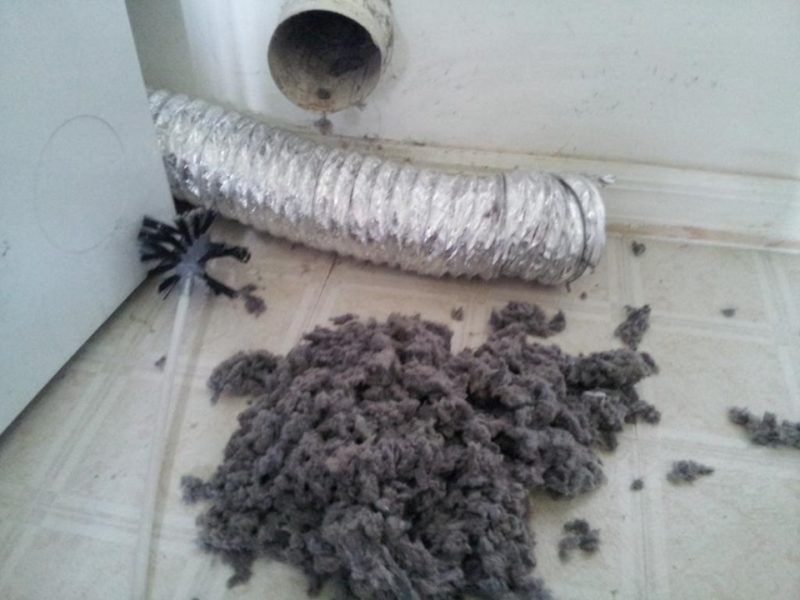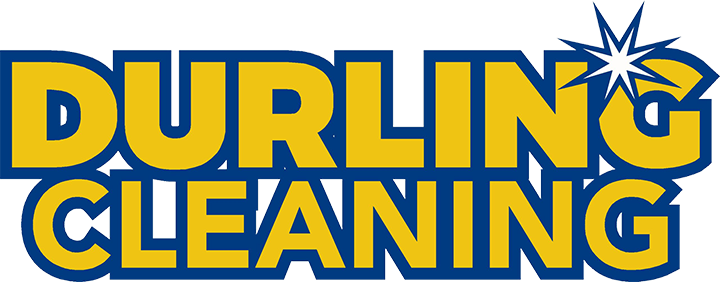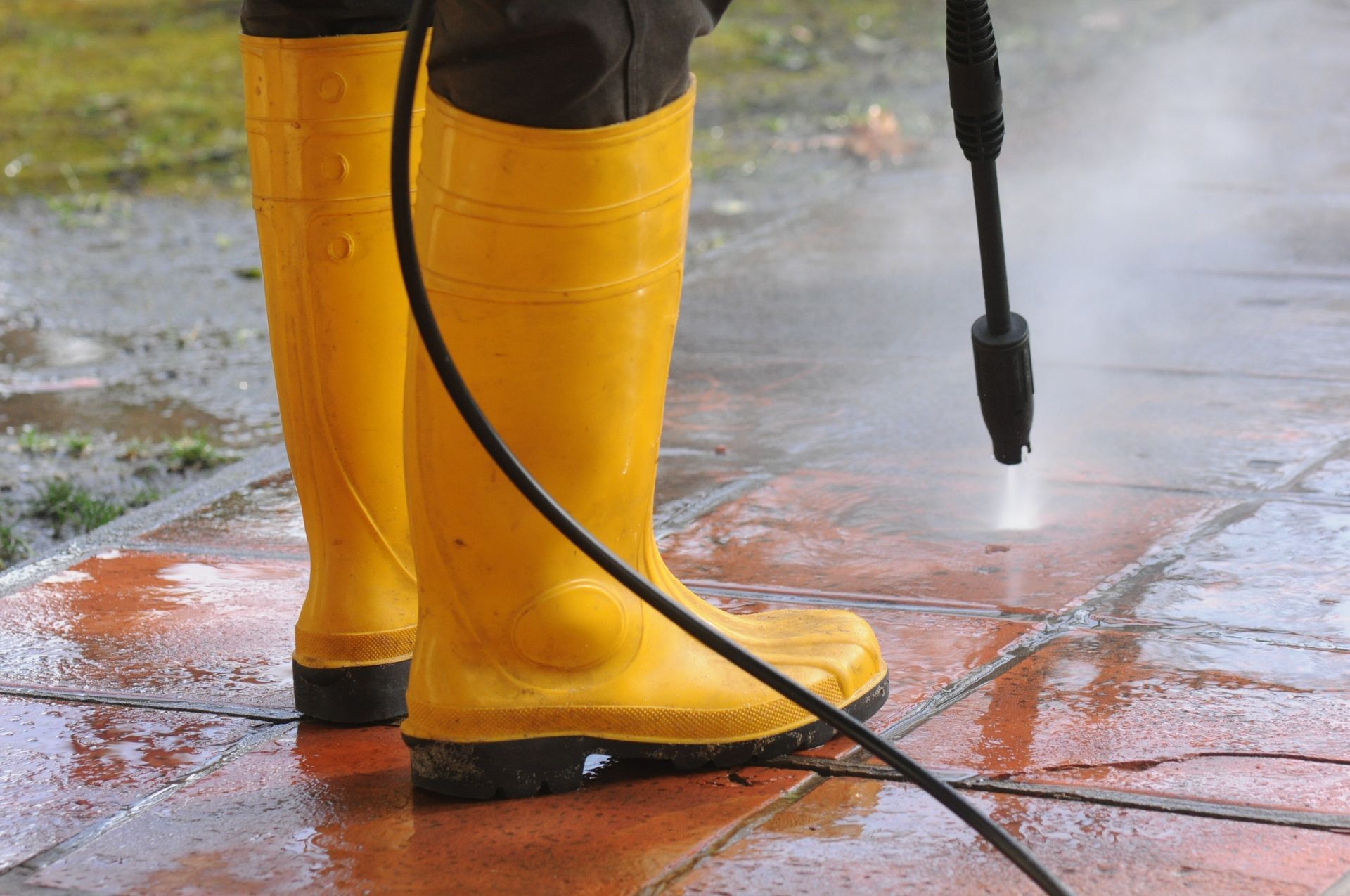Is My Dryer Vent Clogged? Know the Signs Before It’s Too Late
Why a Clogged Dryer Vent Is a Big Deal
A clogged dryer vent can and will quickly turn into a costly or even dangerous problem. Here’s why:
Fire Hazard
According to the U.S. Fire Administration, clogged dryer vents are one of the leading causes of household fires. Not many people realize that lint is highly flammable, and when airflow is restricted, heat builds up fast, turning your laundry room into a risk zone.
Reduced Efficiency
When the vent is blocked, your dryer has to work harder and longer to do its job. That means longer cycles, higher energy bills, and more time wasted waiting for laundry.
Extra Wear and Tear
Straining your dryer with every load shortens its lifespan. Over time, the stress from blocked airflow can lead to breakdowns and costly repairs.

Signs Your Dryer Vent Is Clogged
Not sure how to tell if the dryer vent is clogged? These are the most common clogged dryer vent symptoms to look out for:
Clothes take longer to dry than usual- Your dryer feels hot to the touch
- Burning smell or musty odor during cycles
- Excess lint or debris around the lint trap
- Lint buildup around the exterior vent hood
- Visible debris around the vent or walls
If you’ve wondered how to know if the dryer vent is clogged, these warning signs are your best indicators.

How to Prevent Dryer Vent Clogs
The best way to deal with a clogged dryer vent is to stop it from happening in the first place. These simple habits can help you keep your dryer running safely and efficiently:
- Clean the lint trap after every load.
It only takes a few seconds, but it’s your first line of defense against buildup. Always clear the screen before starting a new cycle. - Inspect and clean the vent every 6–12 months.
Over time, lint and debris accumulate deep inside the vent. Schedule regular cleanings (or call a professional) to keep airflow unobstructed. - Avoid overloading your dryer.
Stuffing the drum reduces airflow and creates more lint. Lighter loads dry faster and help prevent clogs from forming.
Use rigid or semi-rigid metal ducts.
Flexible plastic or foil ducts are more likely to sag, trap lint, and pose a fire hazard. Opt for metal ducts that allow smooth airflow and are easier to clean.
DIY vs. Professional Dryer Vent Cleaning
While some homeowners clean their dryer vents themselves, DIY methods often only reach the surface. Without the right tools, it's easy to miss lint deep inside the vent or damage the ductwork during the process.
If your home has long vent lines, multiple bends, or if you have pets that shed, lint can build up faster than expected. The same goes for households that do laundry frequently. In these cases, relying on a professional is easier, safer, and more effective.
A trained technician can thoroughly clear the entire vent system, check for blockages or damage, and help reduce your risk of fire or future clogs.
Not all cleanings are equal. Here’s how DIY stacks up against a professional service:
| DIY Cleaning | Professional Cleaning | |
|---|---|---|
| Thorough lint removal | ⚠️ May miss deep clogs | ✅ Cleans the full vent system |
| Fire risk | Higher if not done properly | Greatly reduced with full cleaning |
| Time & effort | Time-consuming | Fast and hassle-free |
| Tools required | Basic (but often insufficient) | Specialized equipment |
| Damage to ducts | ⚠️ Risk of tearing or disconnection | ✅ Safe handling by trained techs |
| Recommended for: | Light-use homes only | Homes with pets, long vents, or frequent use |
When to Call a Professional
If you're seeing multiple signs your dryer vent is clogged (or just want peace of mind), it may be time to call in an expert. A professional dryer vent cleaning clears the entire system, including hard-to-reach areas where fire risks often start.
You should especially consider professional help if:
- You haven’t cleaned your vent in over a year
- Your dryer is hot, slow, or smells odd
You live with pets, have long or complex vent lines, or run frequent laundry cycles
Skip the Hassle, Let UsTake Care of It
At Durling Cleaning, we specialize in fast, effective dryer vent cleaning that helps protect your home, lower your energy bills, and extend the life of your appliance. Our trained technicians use professional tools to clear even the toughest blockages, so you don’t have to worry about missed spots or hidden risks.
Don’t wait for a problem to get worse.
Book your dryer vent cleaning today and enjoy a safer, more efficient home, one load at a time.
FAQs
How do I check if my dryer vent is clogged?
Look for signs like longer drying times, hotter clothes, or a burning smell. You can also check airflow by feeling the outside vent while the dryer runs; weak airflow often means a blockage
How do you unblock your dryer vent?
This is paragraph text. Click it or hit the Manage Text button to change the font, color, size, format, and more. To set up site-wide paragraph and title styles, go to Site Theme.
Are clogged dryer vents a fire hazard?
Yes, clogged dryer vents are a major fire risk because lint is highly flammable. When airflow is blocked, the dryer overheats, increasing the chance of ignition. Regular cleaning is the best way to prevent this danger.
How often should I clean my dryer vent?
Most experts recommend cleaning your dryer vent at least once a year. However, if you use your dryer frequently or notice signs of a clog, you may need to clean it more often.









